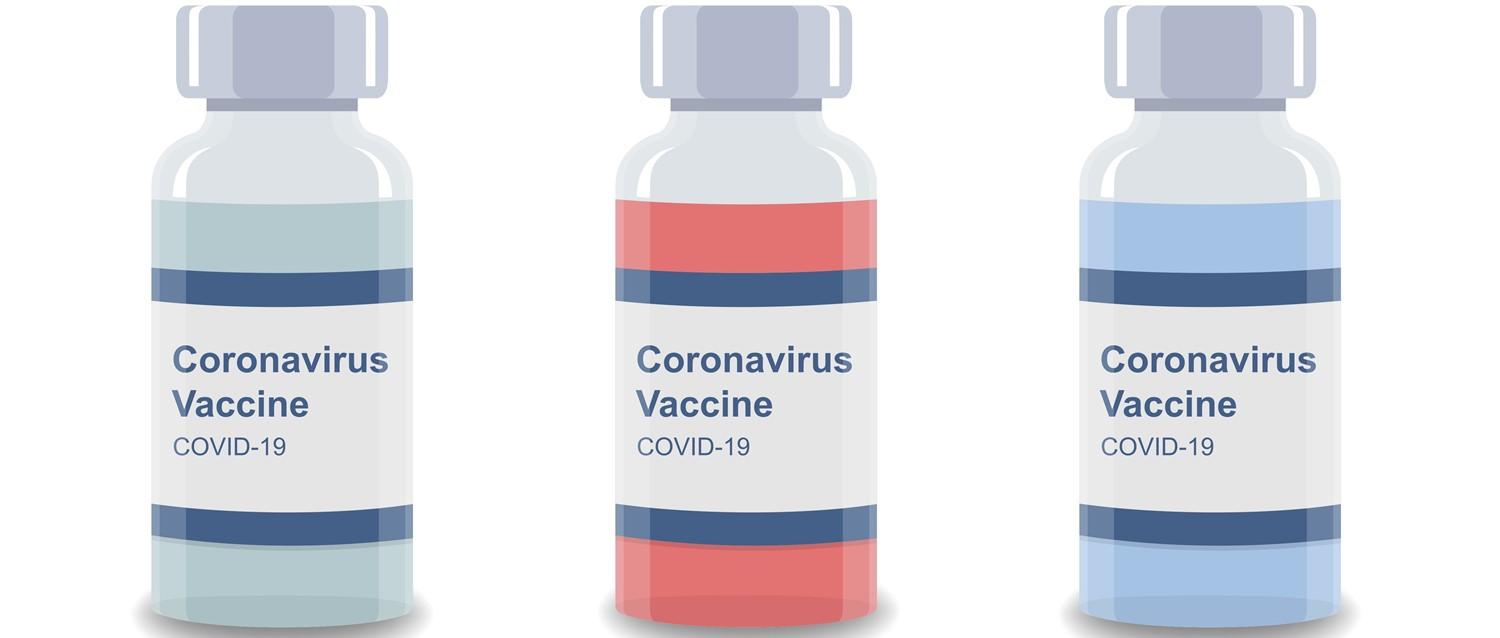
COVID-19: What is herd immunity and will we ever reach it?
Peer reviewed by Dr Sarah Jarvis MBE, FRCGPLast updated by Lydia SmithLast updated 14 Feb 2022
Meets Patient’s editorial guidelines
- DownloadDownload
- Share
- Language
- Discussion
As more people are vaccinated against COVID-19, there has been a lot of discussion about whether the UK will ever reach herd immunity. However, with the chance of reinfection higher with the Omicron variant - even among the fully vaccinated - whether this will happen remains to be seen. But what exactly is herd immunity and how does it work?
In this article:
Continue reading below
What is herd immunity?
Herd immunity is the protection from an infectious disease that occurs when a population is immune either through vaccination or immunity developed through a previous infection. If a country or area has herd immunity to a disease, it means a large proportion of that community becomes immune to the disease. Herd immunity makes the spread of the disease from person to person less likely.
As a result, the whole community becomes protected, not just those who are immune. Herd immunity protects those who are unable to be vaccinated, such as newborns and immunocompromised people, who may be at higher risk of serious illness from catching an infectious disease.
The term 'herd immunity threshold' refers to the percentage of the population that needs to become immune to an infectious disease so that people without immunity aren’t likely to encounter an infected person and become infected.
According to research, herd immunity is achieved when between 70% to 90% of the population is immune through natural infection or vaccination. However, this percentage depends on the disease and how infectious it is. For instance, the World Health Organization (WHO) estimates that for polio, 80% of the population need to be immune to achieve herd immunity. For measles, which is much more infectious, that figure is 95% of the population. Even if herd immunity is reached in an area, local outbreaks can still occur if immunity is lacking in certain locations.
Herd immunity via vaccination
Herd immunity can be reached via vaccination or by exposing enough people to the disease so that they have natural immunity. The World Health Organization emphasises that vaccination is the safer way to create widespread immunity to a pathogen. Allowing a disease to spread in any population can lead to unnecessary cases and deaths, particularly among the most vulnerable people in society, such as the elderly and those with pre-existing health conditions. In addition, the degree and duration of immunity achieved following infection is not consistent, as it is with vaccination.
In October 2020, WHO Director-General Dr Tedros Adhanom Ghebreyesus warned that trying to reach herd immunity by letting COVID-19 spread was unscientific and morally problematic.
"Herd immunity is a concept used for vaccination, in which a population can be protected from a certain virus if a threshold of vaccination is reached," he said. "For example, herd immunity against measles requires about 95% of a population to be vaccinated.
"In other words, herd immunity is achieved by protecting people from a virus, not by exposing them to it," he said. "Never in the history of public health has herd immunity been used as a strategy for responding to an outbreak, let alone a pandemic. It is scientifically and ethically problematic."
It's important to note that herd immunity isn't necessarily a bulletproof way of protecting people against a disease. Although herd immunity reduces the risk of getting a disease, it does not prevent it for non-immune people if they are exposed to the pathogen.
Communities with lower vaccine coverage may have outbreaks of vaccine-preventable diseases because the proportion of people who are vaccinated is below the necessary herd immunity threshold.
Also, the protection offered by vaccines can wane over time, as is the case with Omicron. Research shows booster jabs are necessary to increase antibody levels, which reduces the likelihood of getting seriously ill from the variant.
Continue reading below
Herd immunity via prior infection
Reaching herd immunity relies on enough people being infected with a disease and recovering from it. When you become infected with a virus, your body produces antibodies. These are disease-fighting proteins in the body that play a crucial role in the immune system. Antibodies detect infectious invaders such as bacteria and viruses and help the body eliminate them while providing protection against future infections.
However, relying on previous infections to provide herd immunity risks lives. Additionally, immune responses to COVID-19 vary widely between different people so it is difficult to determine whether someone will become reinfected. According to a 2021 University of Oxford study, people may be at risk of contracting COVID-19 for a second time, especially with new variants circulating.
Will we reach herd immunity with COVID-19?
With more people now vaccinated in the UK, there have been discussions about whether we will reach herd immunity. However, there are several reasons why this may not happen in the near future, or at all.
Firstly, COVID-19 vaccines are authorised for some age groups but not all. In the UK, the NHS is offering vaccines to children and young people aged 12 to 17 years, but not to 5- to 11-year-olds unless they have severe underlying health conditions. Therefore, it is still possible for younger, unvaccinated children to become infected and transmit the virus to other people.
Herd immunity may be more difficult to achieve without the widespread vaccination of children, even if all eligible adults are vaccinated. According to recent ONS data, 61% of adults said children aged 12 to 15 years in their household were vaccinated.
Additionally, although COVID-19 vaccinations are very effective in preventing severe illness and hospitalisation, breakthrough infections are still possible in fully vaccinated people.
The disparity in vaccination rates
Herd immunity is also difficult to reach because of a disparity in vaccination rates among different groups of people. In the UK, ONS research shows the proportion of people who have had three vaccinations is lower among those in less advantaged socio-economic groups and people living in more deprived areas.
Different variants
The different variants of COVID-19 can also have an impact on the likelihood of achieving herd immunity. Omicron is extremely transmissible, even compared to the Delta variant. Data from the Office of National Statistics show that people who have previously had COVID-19 are 16 times more likely to become reinfected if they are exposed to the Omicron variant than they were if they were exposed to Delta.
Rodney E. Rohde, a professor of clinical laboratory science and an infectious disease specialist at Texas State University, says whether herd immunity is feasible is a complex issue. "There are some who argue that we will never reach 100% herd immunity, due to multiple factors like the ongoing changes to this virus via different variants," he says.
"In addition, the zoonotic nature of SARS-CoV-2 gives it a natural animal reservoir to maintain itself in even if every single human were vaccinated," Rohde adds. "For example, smallpox was eradicated likely because humans were the sole reservoir." Zoonotic diseases can infect both humans and animals, meaning there are more opportunities for infection.
Patient picks for General information

COVID-19
Coronavirus: why is outdoors safer than inside?
Socialising with people outside your household is now permitted but only if you stay outside and remain two metres away from them. We explore why risk of coronavirus transmission is likely lower outdoors and what you still need to do to stay safe.
by Natalie Healey

COVID-19
Why are Black and Asian people at greater risk from COVID-19?
A new national review found that Black and Asian people are more likely than white people to die from COVID-19. To save lives, doctors and patients need specific advice to understand how and why the virus is impacting people of different ethnicities in different ways.
by Ellie Broughton
Continue reading below
Article history
The information on this page is peer reviewed by qualified clinicians.
14 Feb 2022 | Latest version
14 Feb 2022 | Originally published

Ask, share, connect.
Browse discussions, ask questions, and share experiences across hundreds of health topics.

Feeling unwell?
Assess your symptoms online for free
Sign up to the Patient newsletter
Your weekly dose of clear, trustworthy health advice - written to help you feel informed, confident and in control.
By subscribing you accept our Privacy Policy. You can unsubscribe at any time. We never sell your data.